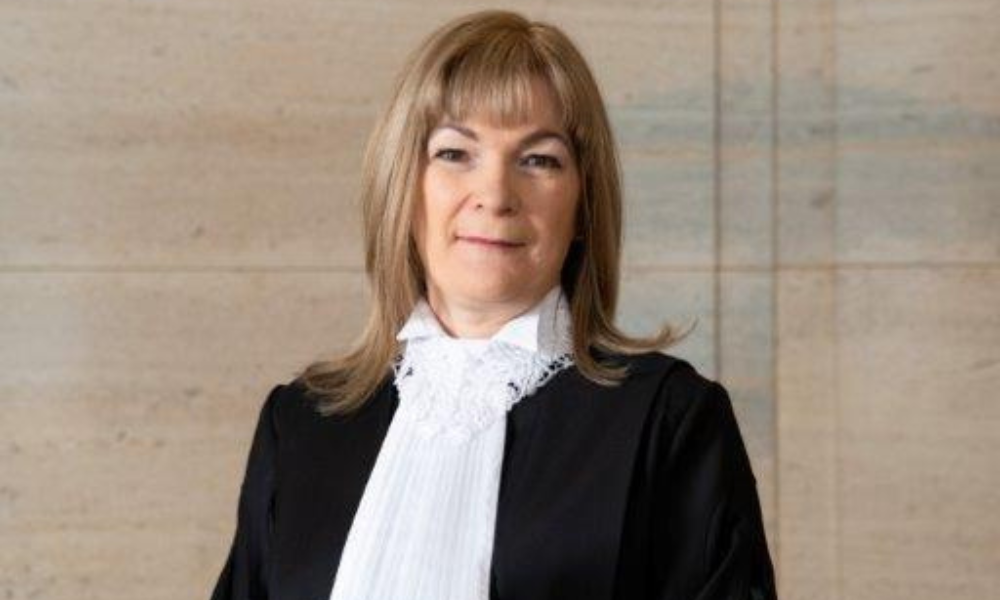Hospitals should be more discerning about who works inside their four walls, says Neinstein’s Sonia Nijjar

Yepremian v. Scarborough General Hospital, an Ontario Court of Appeal decision from 1978, states that for all intents and purposes, an employment relationship doesn't exist between hospitals and the physicians that practice within them. Instead, doctors are viewed as independent contractors granted privileges to conduct their work in a hospital setting — but this categorization hasn’t evolved along with the delivery of healthcare, which has become an increasingly collaborative environment where doctors rely heavily on a healthcare team to service patients. This is a fundamental tension in our law, says Sonia Nijjar, associate medical malpractice lawyer at Neinstein Personal Injury Lawyers.
“As medical malpractice lawyers, we must prove individual but-for liability against each individual actor as if they’re not all working together and that errors don’t often stem from team-based decisions. We think it should be enterprise liability, where the hospital takes overall responsibility for its constituent parts, including physicians, and is responsive for that conduct,” Nijjar says, adding that plaintiff-side lawyers do see patterns in defendant conduct that raises questions about how privileges are granted.
“Hospitals should be more discerning about the people working inside their four walls and more transparent around how they conduct their privileges reviews,” she notes.
Most Read
Collaborative healthcare delivery has implications for liability
Under the Ontario Public Hospitals Act, hospitals have a positive duty to report to the College of Physicians and Surgeons of Ontario (CPSO) any competency issues on the part of physicians, but the bar for what warrants flagging is high. The conduct must be essentially incompetent, negligent, or rise to a level of misfeasance, Nijjar says, to trigger the reporting obligation. When that duty is discharged, it’s the CPSO that decides what happens in terms of the physician’s license to practice or registration status. The investigation and its results are not public, however, and when requested during litigation it’s often denied as privileged. Additionally, rules of evidence prevent the use of a CPSO complaint or investigation in a civil action — it is considered separate and apart. Lawyers’ attempts to get information about the process of review for a physician’s privileges are also thwarted: often they receive a one-page document confirming an annual review took place and that the doctor was or was not granted privileges, but there’s no information as to how the decision was made.
The bifurcated process is frustrating and raises concerns, Nijjar notes, but the bigger issue is when the hospital doesn’t flag a physician’s conduct and the lawyer either thinks they should have or wants more information about why they didn’t. In a hypothetical case where the plaintiff-side lawyer learns anecdotally or through their own research that the defendant physician’s conduct is part of an alleged pattern, the question becomes why were they still allowed to practice at the hospital? If there isn’t a complaint or a CPSO component to the conduct, was the hospital even aware that a complaint — or multiple complaints — had been made? And if so, what did they do about it? The lack of transparency is a significant concern.
“It’s a public accountability issue, in my view, that needs to be addressed and it's certainly a live issue for us in litigation,” Nijjar says, adding that hospitals are in a position of power. They provide physicians with a work environment equipped with the tools and resources required to do their job and therefore should have more responsibility — or potentially an onus — to ensure that the physician to whom they are granting privileges meets a certain standard.
“How, as an institution, are you satisfying yourself that these positions meet a level of competence? The fact that we as the public don’t know what that process looks like in terms of how privileges are granted or not granted is a void in our system, and part and parcel of this culture that physicians are independent contractors.”
There is growing awareness around the changing delivery of healthcare, with plaintiff lawyers as part of their cases making references to this collaborative, team-based environment. Nijjar predicts this will continue going forward.
“There’s a movement towards acknowledgement of the fact that hospitals are far more intimately involved in patient care that what the law suggests — and that fact has implications for liability.”










